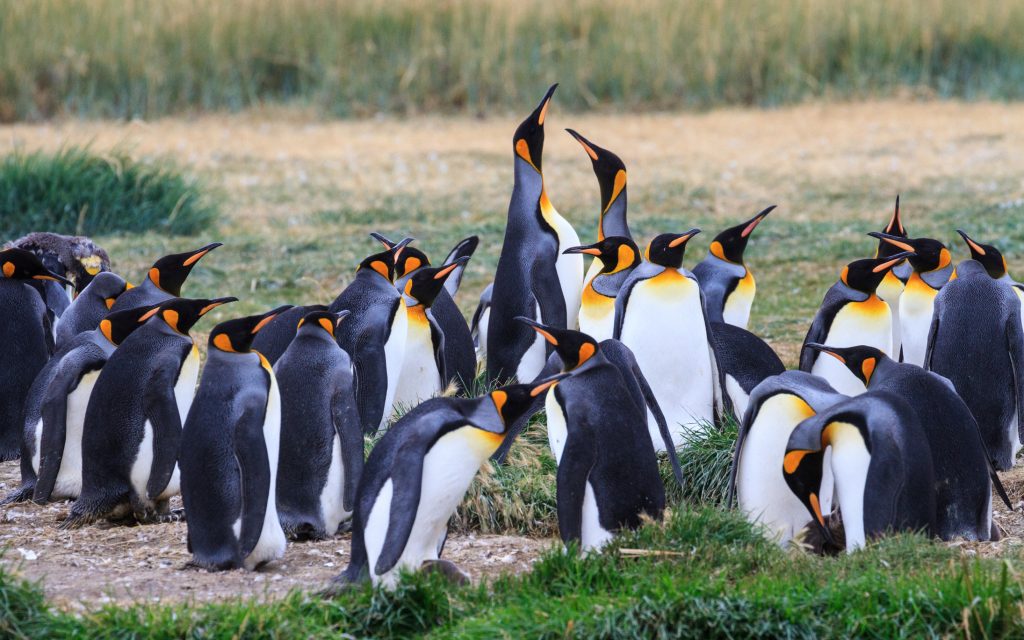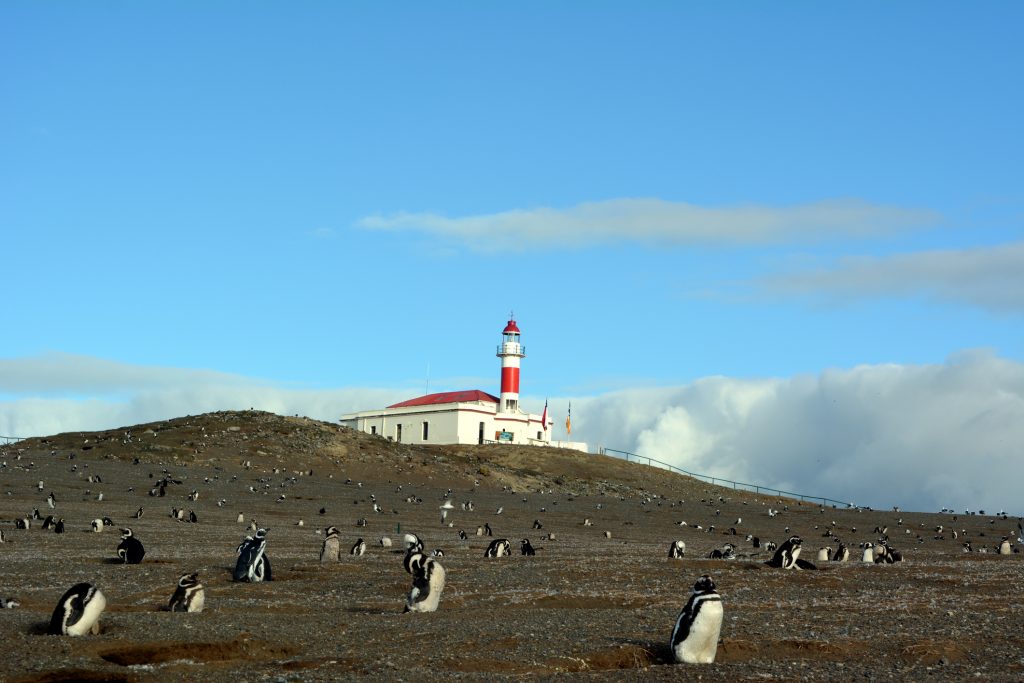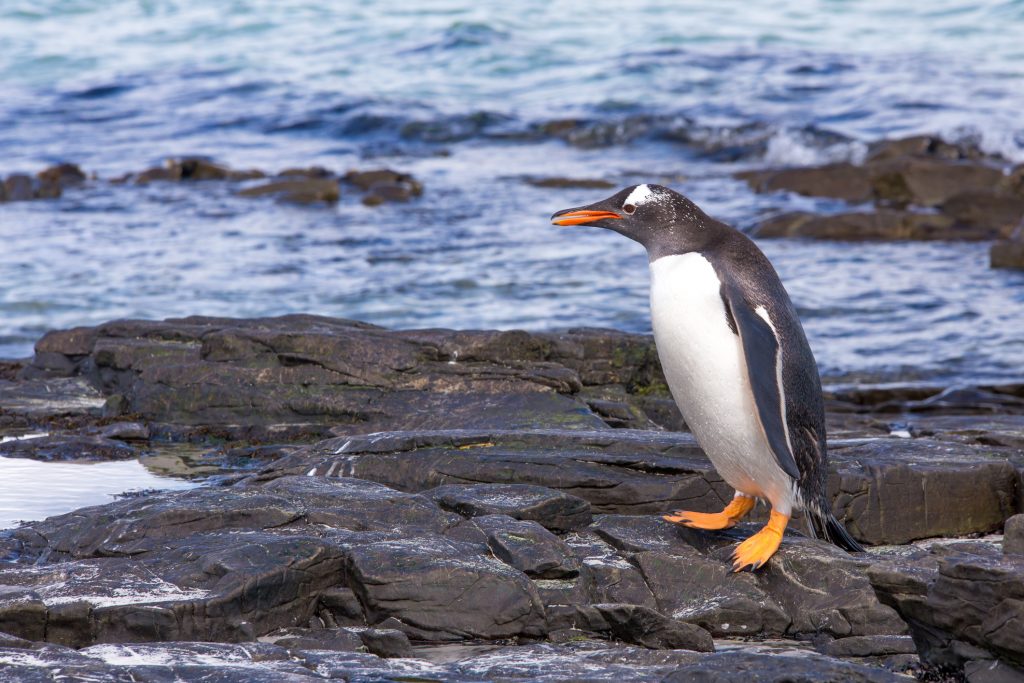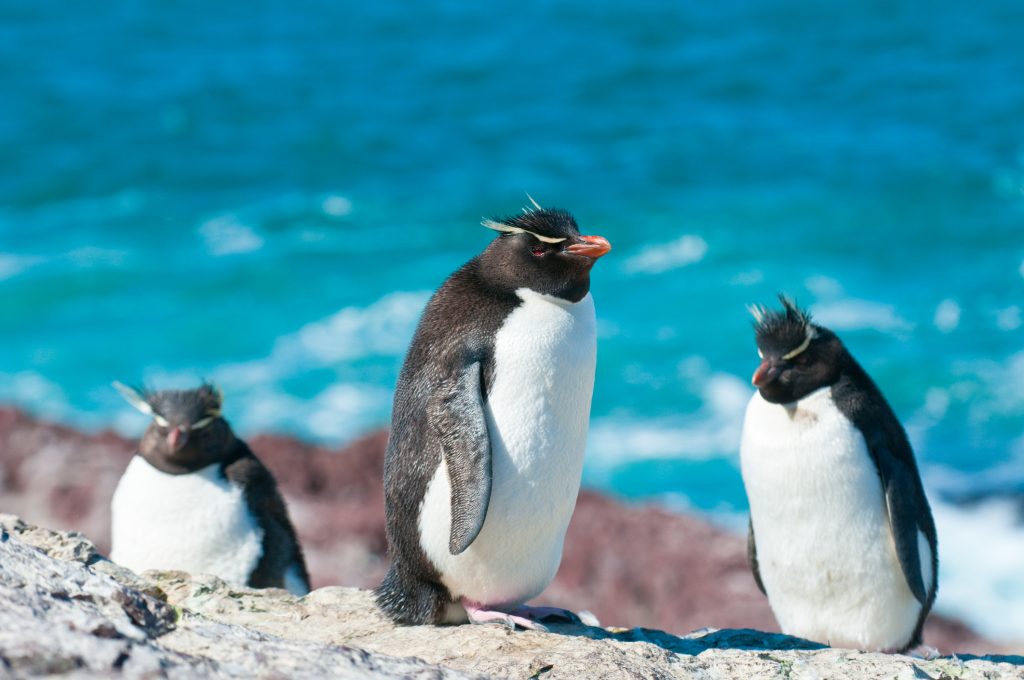Where to See Penguins in the Wild? Visit Patagonia with Kids
ABOUT
At Our Whole Village, we plan meaningful vacations for families who want to create lifelong memories and show their kids the world in a more conscious and intentional manner.
WORK WITH US
We help families take meaningful vacations so that they can escape everyday life, show their kids the world and make lifelong memories - with care, confidence and peace of mind.
THE BEST FAMILY VACATIONS BY AGE
Your (free) guide to the top travel destinations for families with babies, teens and everyone in between.
DOWNLOAD NOW
ABOUT US
April 26, 2019
Did you know that World Penguin Day is celebrated around the globe every April? Or, that this year’s event falls on April 25th? The date coincides with the start of the annual migration northward of Adélie penguins.
Adélie penguins measure on average 27.5 inches and weigh between 8.5 and 12 pounds. They live between 11 and 20 years and make their homes on the Antarctic continent and its many small, coastal islands. Sleek and efficient swimmers, they’ve been known to dive as deep as 575 feet in search of fish, squid, and krill to eat! Other species of penguins native to Antarctica include emperor, king, gentoo, chinstrap, and macaroni penguins.
But you don’t have to travel to Antarctica to observe penguins in the wild. Just visit Patagonia with kids to see these flightless, aquatic birds firsthand. Ready to learn more about Patagonia penguins? Let’s dive in!
Patagonia Penguins 101
Located in the southern tip of South America in present-day Chile and Argentina, Patagonia boasts many distinct species of penguins. These include Magellanic, Humboldt, gentoo, southern rockhoppers, and king penguins.
While Patagonia boasts more than 2 million human residents, even more penguins live there! These include an estimated 1.8 million breeding pairs of Magellanic penguins.
Depending on the time of year and species, you can catch glimpses of these adorable creatures at Tierra del Fuego, Punta Arenas, and a wide variety of rocky hillside nests and boat landings. Let’s take a closer look at South America’s iconic penguin populations.
Magellanic Penguins
Closely related to African penguins, Magellanic penguins remain the only offshore foraging, migratory species in Patagonia. During the winter months, they head northward and can be seen as far away as Brazil and Peru. Only found in South America, they return to the coastal areas, including the Falkland Islands, to nest each September.

Magellanic penguins use the same burrows each year and remain until the end of April. Their colonies can grow massive with some in Argentinian Patagonia numbering in the hundreds of thousands.
These colonies stretch from Argentina’s Golfo San Matías southwards around the Tierra del Fuego islands. They can also be found along the Chilean coast heading north as far as Puerto Montt.
Humboldt Penguins
Humboldt penguins look similar in appearance to Magellanic penguins, and they share some of the same breeding grounds around the island of Chiloe and Puerto Mott. A non-migratory bird, they live among boulders, in sea caves, and nest in burrows. They like to forage onshore for food, and their diet consists mainly of anchovies, sardines, and the occasional squid.

How can you tell Humboldt penguins apart from their Magellanic cousins? They don’t have a secondary black breast band, and the white band around their head proves wider. If you look closely, you’ll also notice their faces have pink fleshy patches, especially at the base of their lower beak.
Humboldt penguins also prove native to South America. They live along the Pacific coast in Chile and Peru.
Gentoo Penguins
Related to Adélie and chinstrap penguins, gentoo penguins have distinctive orange-and-red-colored beaks. They also boast recognizable white patches over each eye and can reach upwards of 30 inches and 12 pounds.

Unlike their Magellanic cousins, gentoo penguins stay close to home and seldom wander from their densely packed colonies. The largest populations of gentoo penguins are located at South Georgia, the Falkland Islands, and the Antarctic Peninsula.
They live on a diet of small marine creatures including krill, crustaceans, fish, and squid.
Southern Rockhopper Penguins
Yes, you guessed it! Southern rockhopper penguins like to do a lot of jumping. In fact, they’re known by their characteristic two-footed hops as they move through their nesting colonies.
Their appearance includes distinctive feather-crested heads, and this “punk” hairdo matches their fearless, can-do personalities. They also prove bold, gregarious birds.

They like to nest atop sea cliffs, and mated pairs will return to the same high ground year after year to hatch babies. Among the smaller penguin species, they measure about 22 inches tall and between 4.4 and 6.6 pounds when fully grown.
Southern rockhopper penguins inhabit the windswept islands north of Antarctica, from New Zealand to Chile.
Where to see Penguins in Patagonia
Penguins start flocking to the Patagonian coast in September and stay until mid-March or April. But the best time to see them remains from December to January when their darling chicks have hatched yet remain nest-bound.
When it comes to the best places to see penguins in Patagonia, consider Martillo Island where vast Magellanic and gentoo penguin colonies prove well-established. If you’re lucky, you may also see the occasional king penguin.
Other great areas for penguin observation include the islands of Tierra del Fuego, Isla Magdalena, Isla Marta, Punta Tombo, and Chiloe Island. Planning your trip in advance through a family-friendly travel company that specializes in Patagonia will ensure you enjoy the best penguin viewing experience for you and your kids.
Penguin Time: Visit Patagonia with Kids
Ready to visit Patagonia with kids? Check out our eleven-day Patagonia Family Adventure. This family-focused tour will introduce you to the rich cultural heritage of Chile. From winemaking in Valparaiso to exploring the penguins of Patagonia, this tour marks the ultimate family holiday.
At Our Whole Village, we craft tours carefully designed for families who want to create lasting memories while making a difference. We’re here to help you and your family experience the world, its peoples, and cultures. Contact us today to learn more about the unforgettable experiences that we handcraft for families just like yours.
OUR SERVICES
HOME
COPYRIGHT © OUR WHOLE VILLAGE 2021
DESIGN BY GIRLBOSS DESIGNER | CUSTOMIZED BY ALEX COLLIER DESIGN
about
TRAVEL SERVICES
DESTINATIONS
BLOG
PLAN A TRIP
FREE TRAVEL GUIDE
TERMS AND CONDITIONS
hello@ourwholevillage.com
+1 305 432 2612